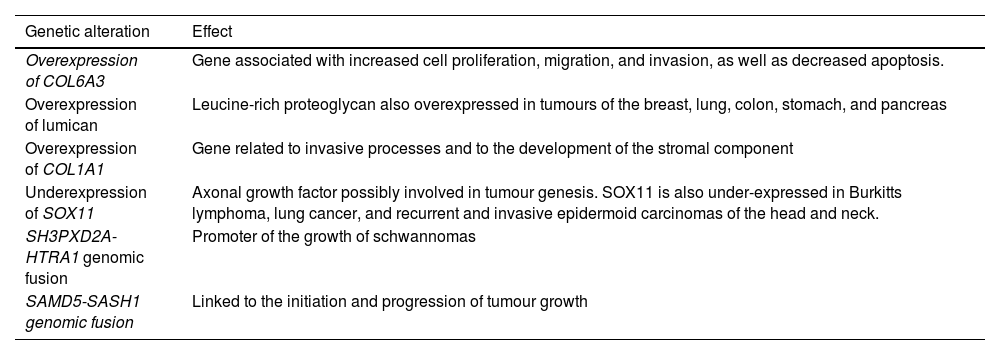Vestibular schwannoma (VS) is the most common tumour of the cerebellopontine angle. The greater accessibility to radiological tests has increased its diagnosis. Taking into account the characteristics of the tumour, the symptoms and the age of the patient, three therapeutic strategies have been proposed: observation, surgery or radiotherapy. Choosing the most appropriate for each patient is a frequent source of controversy.
Material and methodsThis paper includes an exhaustive literature review of issues related to VS that can serve as a clinical guide in the management of patients with these lesions. The presentation has been oriented in the form of questions that the clinician usually asks himself and the answers have been written and/or reviewed by a panel of national and international experts consulted by the Otology Commission of the SEORL-CCC.
ResultsA list has been compiled containing the 13 most controversial thematic blocks on the management of VS in the form of 50 questions, and answers to all of them have been sought through a systematic literature review (articles published on PubMed and Cochrane Library between 1992 and 2023 related to each thematic area). Thirty-three experts, led by the Otology Committee of SEORL-CCC, have analyzed and discussed all the answers. In Annex 1, 14 additional questions divided into 4 thematic areas can be found.
ConclusionsThis clinical practice guideline on the management of VS offers agreed answers to the most common questions that are asked about this tumour. The absence of sufficient prospective studies means that the levels of evidence on the subject are generally medium or low. This fact increases the interest of this type of clinical practice guidelines prepared by experts.
El schwannoma vestibular (SV) es el tumor más frecuente del ángulo pontoce-rebeloso. La mayor accesibilidad a las pruebas radiológicas ha incrementado su diagnóstico. Teniendo en cuenta las características del tumor, la clínica y la edad del paciente se han pro-puesto tres estrategias terapéuticas, observación, cirugía o radioterapia. La elección de la más adecuada para cada paciente es un motivo de controversia frecuente.
Material y métodosEl presente trabajo incluye una revisión exhaustiva sobre cuestiones rela-tivas al SV que pueden servir de guía clínica en el manejo de pacientes con estas lesiones. La presentación se ha orientado en forma de preguntas que el clínico se hace habitualmente y las respuestas están redactadas y/o revisadas por un panel de expertos nacionales e internacionales consultados por la Comisión de Otología de la SEORL-CCC.
ResultadosSe ha elaborado un listado con los 13 bloques temáticos más controvertidos sobre el manejo del SV en forma de 50 preguntas y se han buscado las respuestas a todas ellas mediante una revisión sistemática de la literatura (artículos publicados en PubMed y Cochrane Library entre 1992 y 2023 sobre cada bloque temático). Treinta y tres expertos, liderados por la Comisión de Otología de la SEORL-CCC, han analizado y discutido todas las respuestas. En el Anexo 1 pueden encontrarse 14 preguntas adicionales divididas en cuatro bloques temáticos.
ConclusionesEsta guía de práctica clínica sobre el manejo del SV ofrece respuestas consensua-das a las preguntas más habituales que se plantean sobre este tumor. La ausencia de suficientes estudios prospectivos hace que los niveles de evidencia sobre el tema sean en general medios o bajos. Este hecho incrementa el interés de este tipo de guías de práctica clínica elaboradas por expertos.













